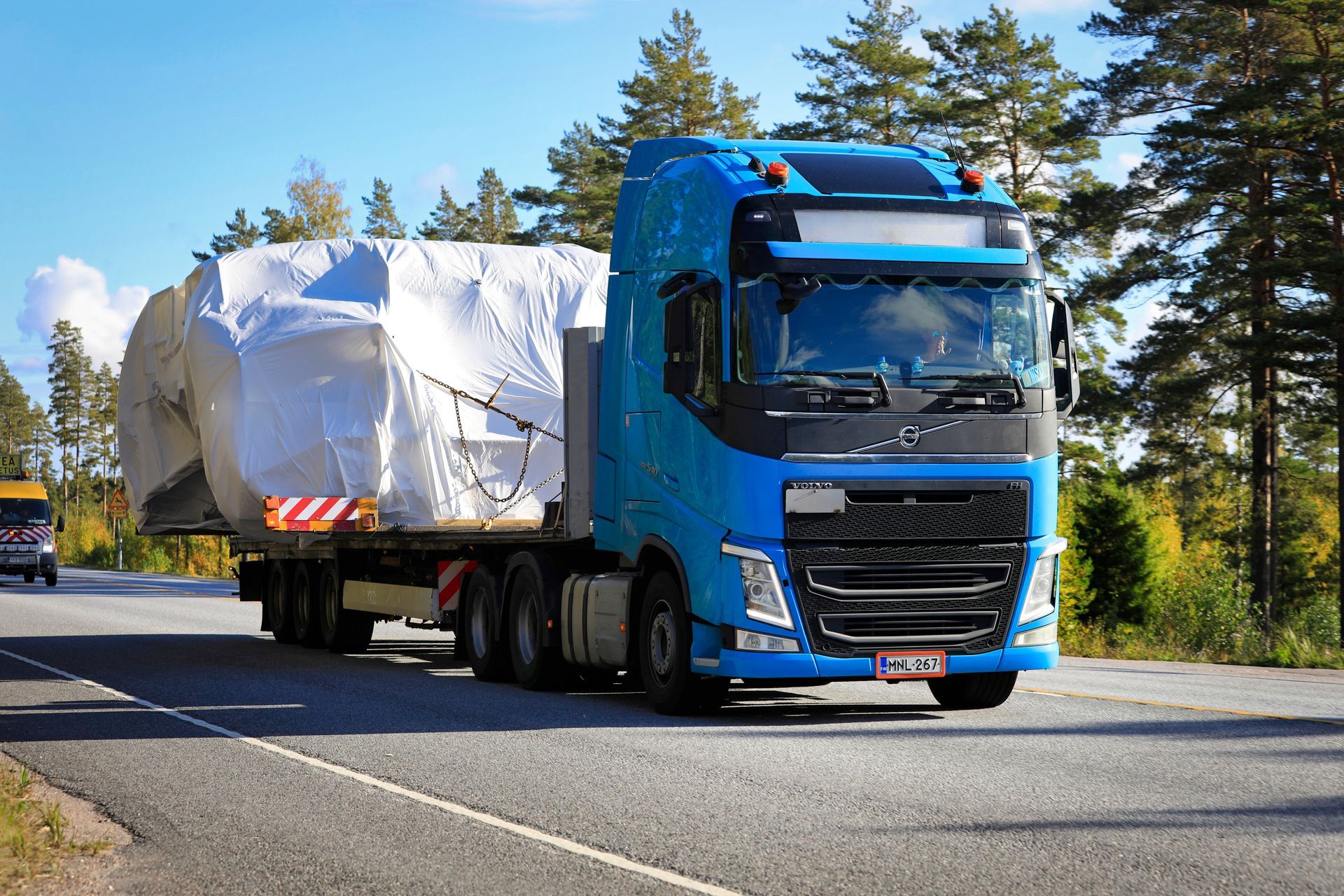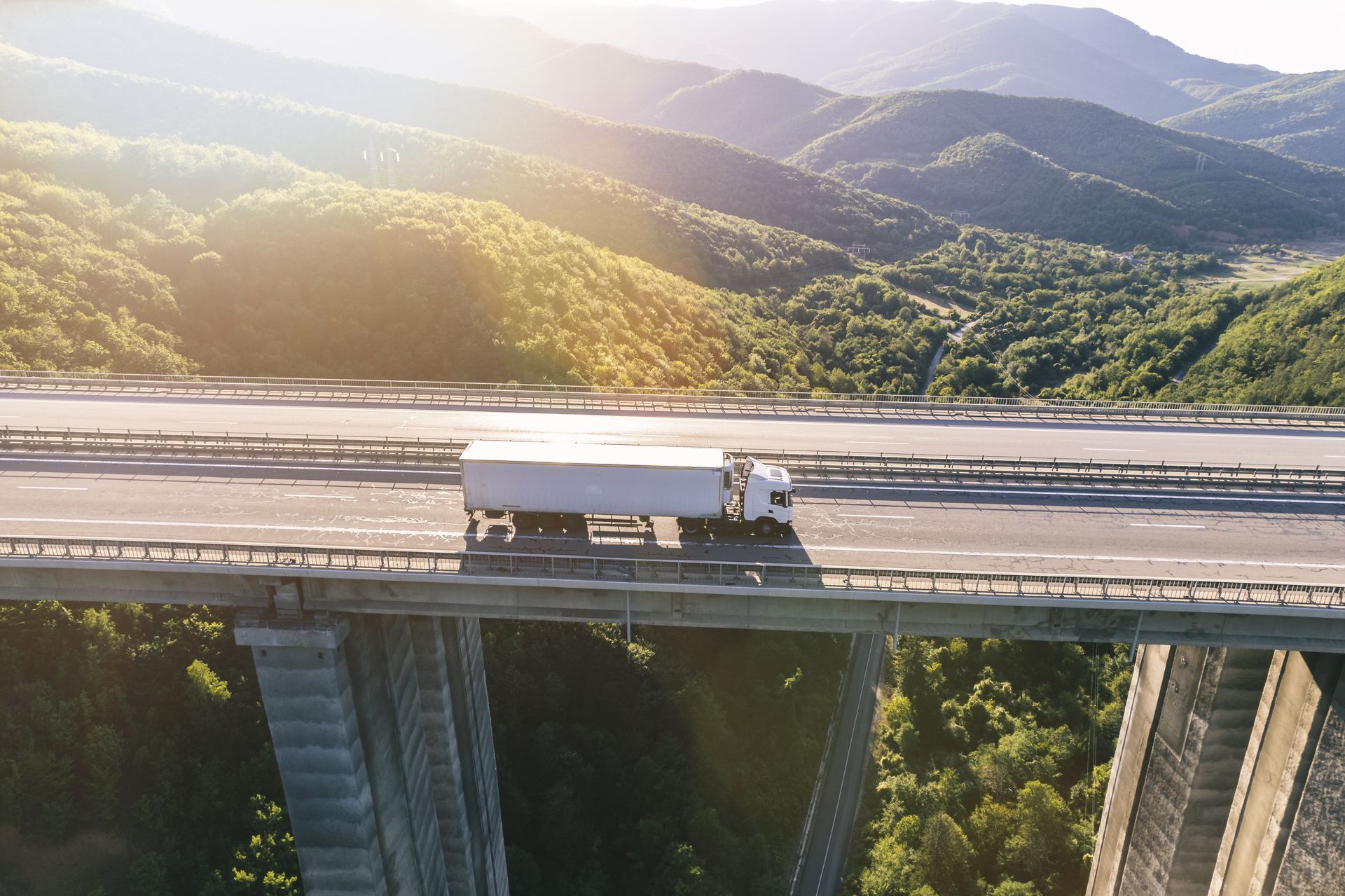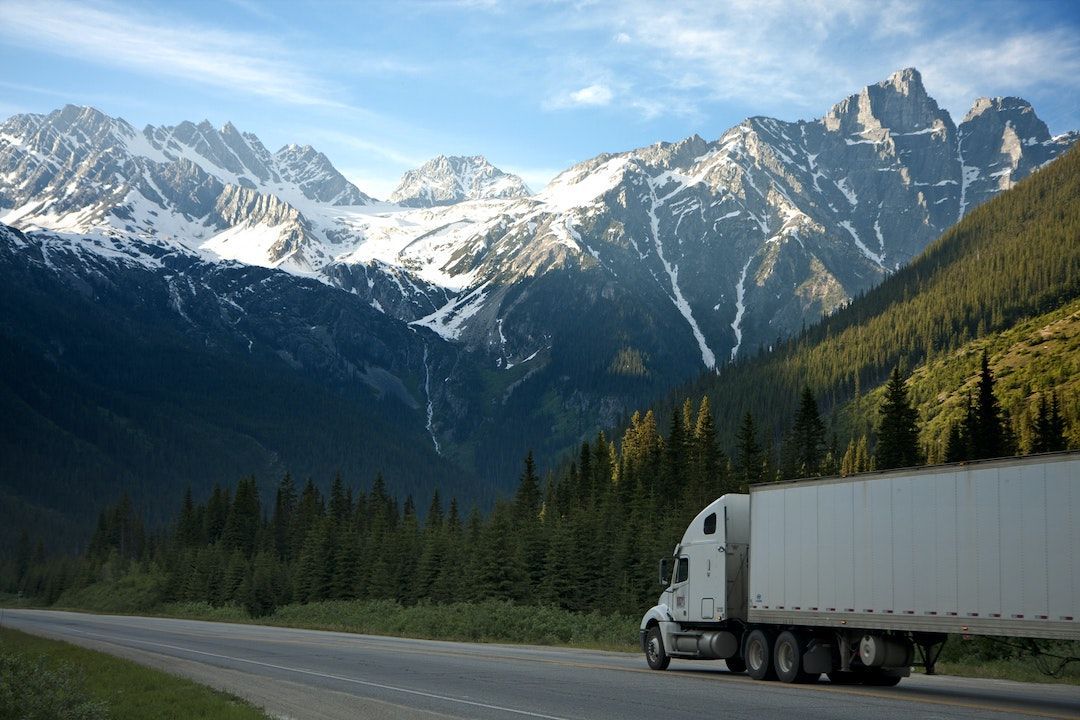Essential Activities: Logistics.
At the beginning of the COVID-19 pandemic, international authorities called for a general halt of activities. Terms like “essential activities” or “essential work” started to become a part of our daily vocabulary.
As of today, there is no consensus about the meaning of those terms. However, if we still have food in supermarkets and medicine in hospitals and pharmacies, it is thanks to logistics. So…
Is Logistics An Essential Activity?
Yes. Logistics is one of the many essential industrial sectors. Without it, the effects of the pandemic would have been worse around the world.
Thanks to this industry, global supply chains kept working. From distributing medical equipment and staff to supplying supermarkets, logistics has been a silent hero during this pandemic.
Why Is Logistics An Essential Activity?
When China closed its cities due to the sanitary emergency, the whole world faced a manufacturing crisis.
By closing its highways, China severely affected terrestrial transportation, causing a delay in the global supply chain.
Although manufacturing stopped, factories and distribution centers had enough stock in their warehouses to keep distribution going.
However, COVID-19 had already spread globally by the time China restarted most of its logistics activities.
By then, the world had a health crisis and a deficit of medical equipment that would cost millions of lives worldwide.
For the most part, this tragedy resulted from the impact suffered by the logistics sector of that country.
Global Changes In Logistics After The Pandemic
Before the crisis, it was challenging to think of innovation in routes, ports, and distribution centers. However, that changed when companies realized their mistake of heavily depending on one country.
Now, there are international efforts to diversify the location of manufacturing and distribution centers.
That will bring other changes:
- More communication between the industry and the government.
- Less recruitment and operations.
- Innovation in existing processes.
- Contactless delivery.
- People are going paperless.
- More remote work.
- An increase in online shopping.
Now, the logistics sector works under pressure to adapt to this new reality.
At the moment, no one knows when will international traffic restrictions stop. Regardless, it is a fact that supply chains can’t be stopped.
Logistics has taken a protagonist role in the global scene.
The international post-pandemic policy will encompass the global production, storage, and transportation of goods.
Challenges For Logistics
At the beginning of the pandemic, freight activities almost completely stopped.
However, since it’s uncertain how long the COVID-19 will be a global threat, different territories have taken measures to keep their supply chains working.
The International Financial Corporation (IFC) foresees some of the following challenges for the government and the logistics sector:
- New safety protocols.
- Alternative means of transportation.
- Adapting the offer to the new demand and safety protocols.
Both sectors will have to work together. Because of bureaucracy, the government will take longer to generate policies that will help overcome the challenges this pandemic brought.
Regardless, the industrial sector has to adapt faster. On the one hand, it has to redesign its operations. On the other hand, it has to work with the government to create favorable policies that respond to the sector’s real needs.
How the industry should respond
From an industrial point of view, there are initiatives to protect the employees’ health. For example, social distance measures in warehouses or providing staff with protecting gear.
Also, some commercial airlines have increased the cargo capacity of their planes. Since they have fewer passengers, now they are taking on more air freight.
Lastly, in terms of adaptation, there has been a new focus on essential products. For example, some warehouses now offer their delivery services, especially for food.
This last part turns out to be an excellent option for the final consumer. However, it creates new challenges in logistics, as well as in government regulations.
How the government should respond
Governments have two primary obligations:
- Opening legal ways to facilitate operations.
- Creating systems that regulate operations.
For the first one, they must work with logistics stakeholders.
The tasks could be anything from negotiating new distribution routes with other countries to speed up local companies’ bureaucracy.
In terms of regulations, the government must create to promote optimal operations.
For example, it has to ensure the supply of fuels or facilitate electronic commerce activities.
At the same time, it is urgent to create incentives for innovation in logistics. This could be making it easier freight permissions or incentives that facilitate using green energy.
Conclusion
This pandemic showed the weak spots of our supply chains. As a response, some companies redesigned their distribution channels with a more technical vision. In the end, this process brought the final consumer more benefits and convenience.
Now, companies have to make sure they have different ways to get supplies. The main objective is to avoid a catastrophe in case of a new international lockdown.
Also, governments have to create new commercial alliances between countries. At the same time, they’ll have to improve and reinforce the current treaties that affect supply chains.
Logistics is part of every productive activity of a nation. In essence, it is a vital link that tends to go unnoticed while it works well.
This means that the consumer rarely thinks of logistics until they notice its absence. For example, if they can’t find their favorite soap brand. Also, when they don’t get a package on time.
As an essential activity, logistics es successful when consumers don’t notice it. In other words, the more that this industry’s activities go unnoticed, the more satisfied clients there will be.
The post Essential Activities: Logistics. first appeared on LOOPER.
Loopering










